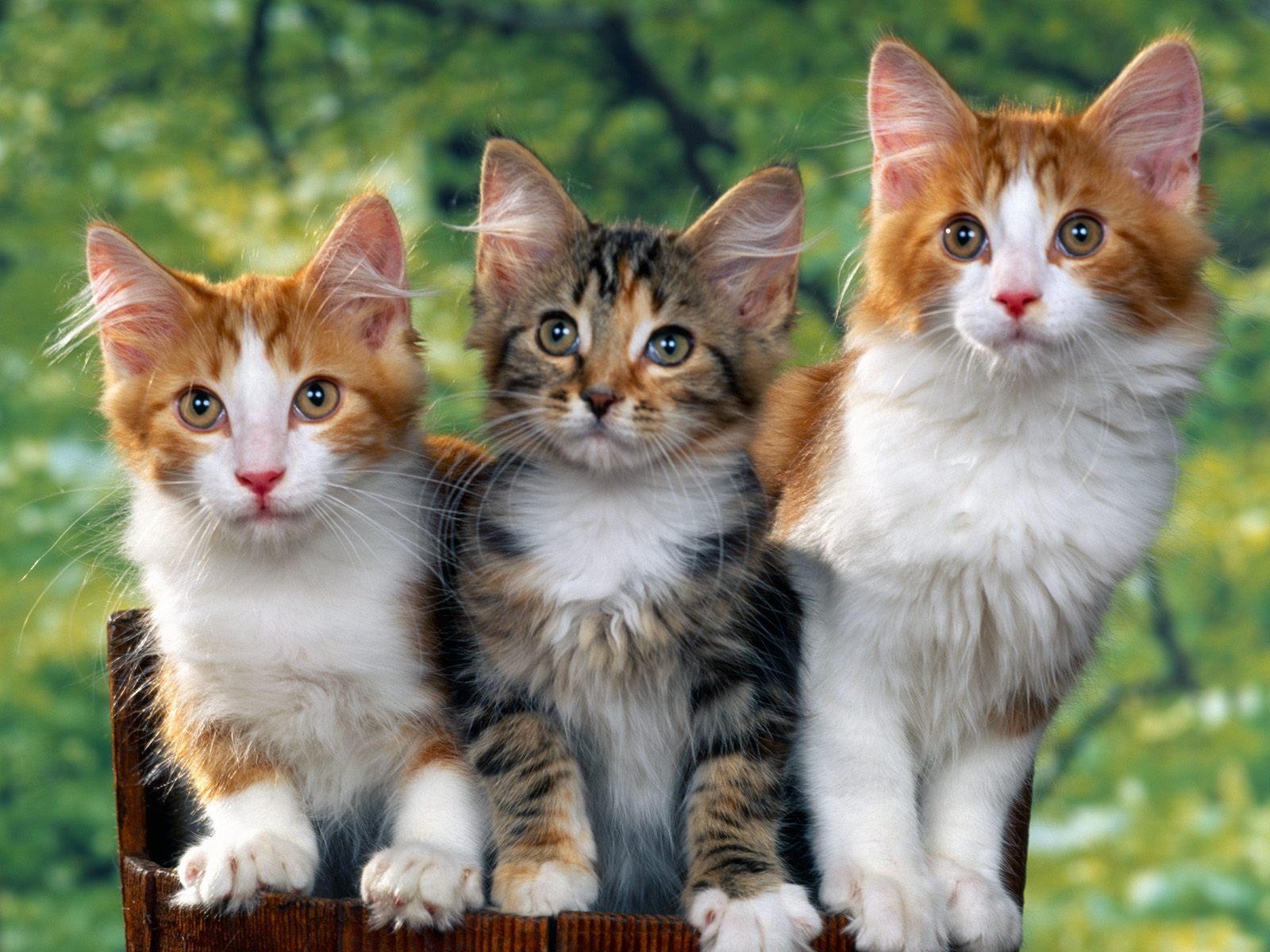
These include meowing, purring, trilling, hissing, growling, and grunting.Ĭats have a rapid breeding rate. They will usually only devour the bird if they haven't had a meal for a while.ĭespite being solitary hunters, cats are a social species and use a variety of vocalizations, pheromones and types of body language for communication. Often cats leave birds whole once they've killed them. Stalking and catching birds is instinctual for cats, so they do it whether or not they need them for food. Keeping your cat well fed will not stop him from hunting. In addition to killing birds through hunting, cats can transmit diseases, which kill wildlife. Unlike other predators, cats are fed and inoculated against disease, and are not reliant on their hunting skills for survival. Cats are not a natural part of the ecosystem. Millions of birds are killed by pets and feral cats, as are tens of millions of rodents and other small animals. It is estimated that a cat can kill up to one hundred birds each year. Cats rely more on smell than taste, and have a much better sense of smell than humans. This is because the usual prey of cats (particularly rodents such as mice) make high frequency noises, so the hearing of the cat has evolved to pinpoint these faint high-pitched sounds. Not only can cats hear sounds too faint for human ears, they can also hear sounds higher in frequency than humans can perceive.

As nocturnal predators, cats use their acute hearing and ability to see in near darkness to locate prey.

Owing to their close association with humans, cats are now found almost everywhere on earth.Ĭats are similar in anatomy to the other felids, with strong, flexible bodies, quick reflexes, sharp retractable claws, and teeth adapted to killing small prey.

The Cat - (Felis catus), also known as the domestic cat or housecat to distinguish it from other felines and felids, is a small furry domesticated carnivorous mammal that is valued by humans for its companionship and for its ability to hunt vermin and household pests.Ĭats have been associated with humans for at least 9,500 years, and are currently the most popular companion animal in the world.


 0 kommentar(er)
0 kommentar(er)
